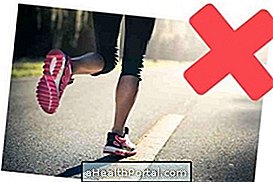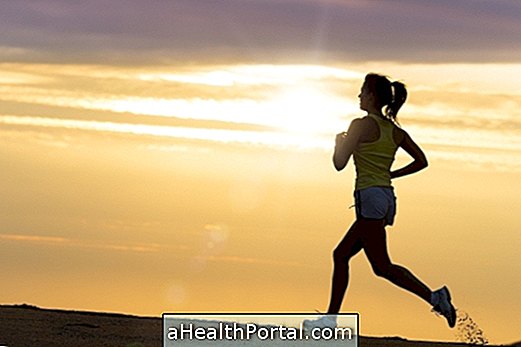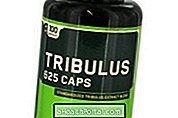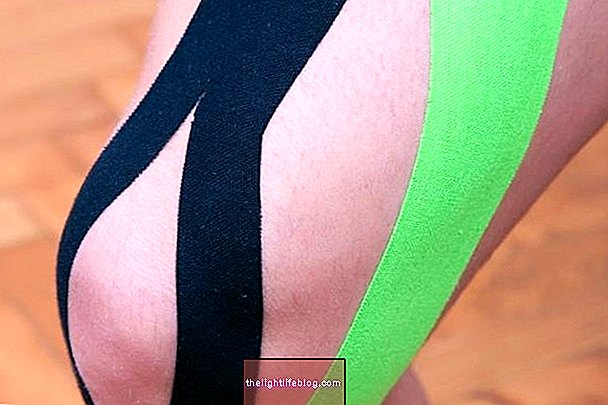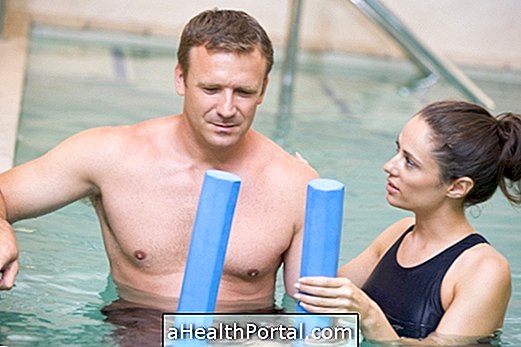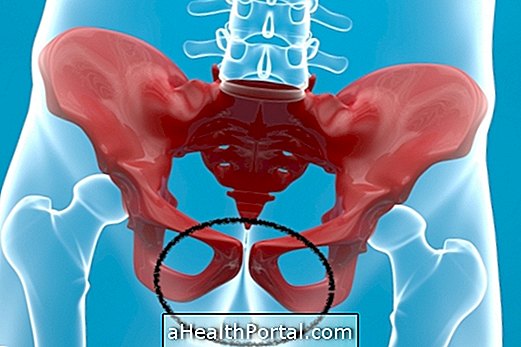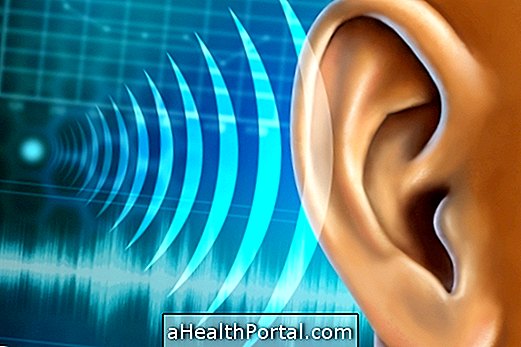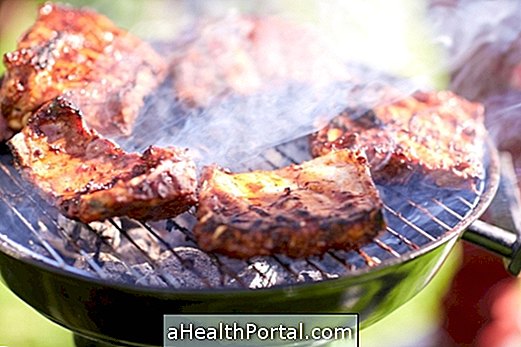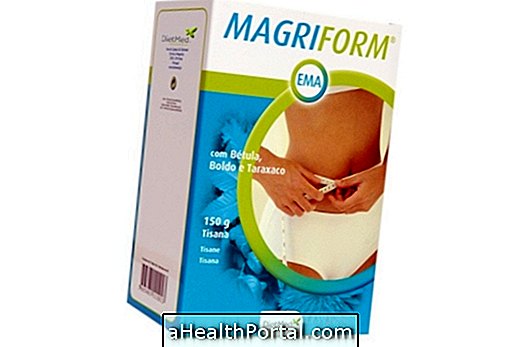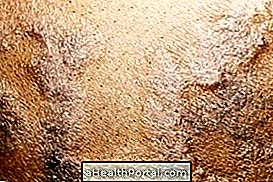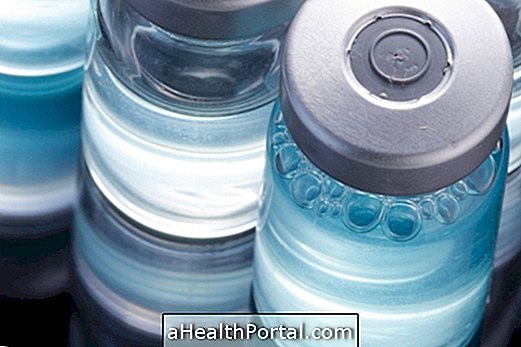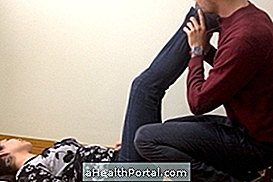Running barefoot increases contact with the ground and this is good because there is more work on the calf and foot muscles, improving the absorption of the impact on the joints. In addition, bare feet allow a greater sensitivity to the small adjustments that the body needs to make to avoid injury, which is not always the case when using running shoes with good shock absorbers or suitable for pronounced or supinated footfall, for example.
However, the ideal is not to start running barefoot without any preparation, because it is necessary to get accustomed to the feet and protect the skin from scratches or cuts, so the safest option is to wear 'foot gloves' or run barefoot on the beach or at the gym.
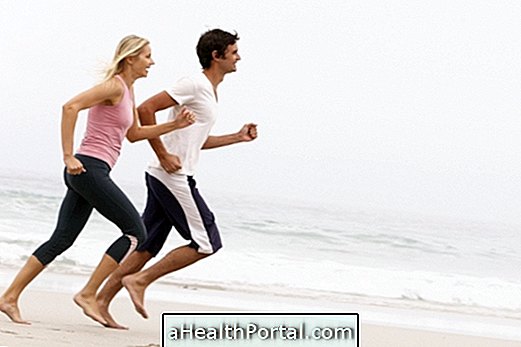
Advantages and Disadvantages of Running Barefoot
When running barefoot the body can adjust better, with a lower risk of injuries to the knee and hip joints, because naturally the first part of the foot that has contact with the ground is the bottom of the foot, which distributes the impact forces directly to the muscles rather than the joints. In addition, this is a natural way to strengthen the small muscles in the insides of the feet, which decreases the chances of inflammation such as plantar fasciitis.
However, when running barefoot there are small changes in the body, the skin of the feet becomes thicker, there may be blood bubbles in the instep and there is always the risk of cuts and injuries due to stones in the way or glass shard, for example .
How to Run Barefoot Safely
The best ways to run barefoot without harming the body are:
- Running barefoot on the treadmill;
- Running barefoot on the beach sand
- Run with 'foot gloves' that are a kind of reinforced stocking.
Another safe option is to run with non-cushioned sneakers and allow you to open your toes well while running.
To begin this new way of practicing the race it is important to start slowly for the body to get used to. The ideal is to start running fewer miles and for less time, because it is thus possible to avoid pain in the fingers, which is scientifically called metatarsalgia, and decreases the risk of microfractures in the heel.

How to begin
The best way to start the minimalist race or natural race, as it is also known is to start the training progressively. A good tip is to start by changing the running shoes you are accustomed to wear by 'foot gloves' and run on the treadmill or on the beach.
After a few weeks you can begin to run on the grass and then after a few more weeks you can run totally barefoot, but also starting with the treadmill, beach sand, grass, then on the beaten earth, and finally on the asphalt. It is only recommended to run a roughly 10K race on the asphalt after having started this type of adaptation for more than 6 months. In any case it is safer to be accompanied by a personal trainer to achieve better results always.

